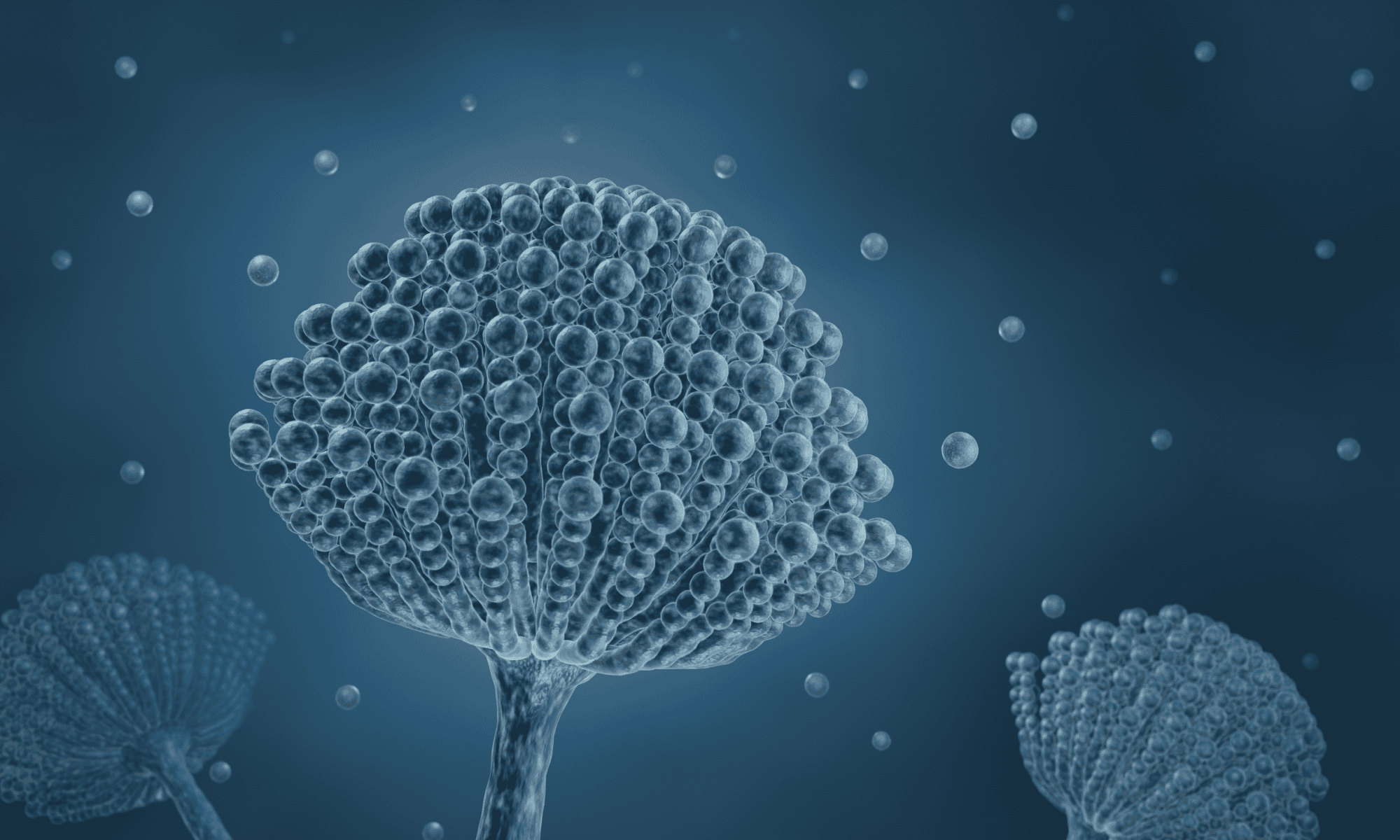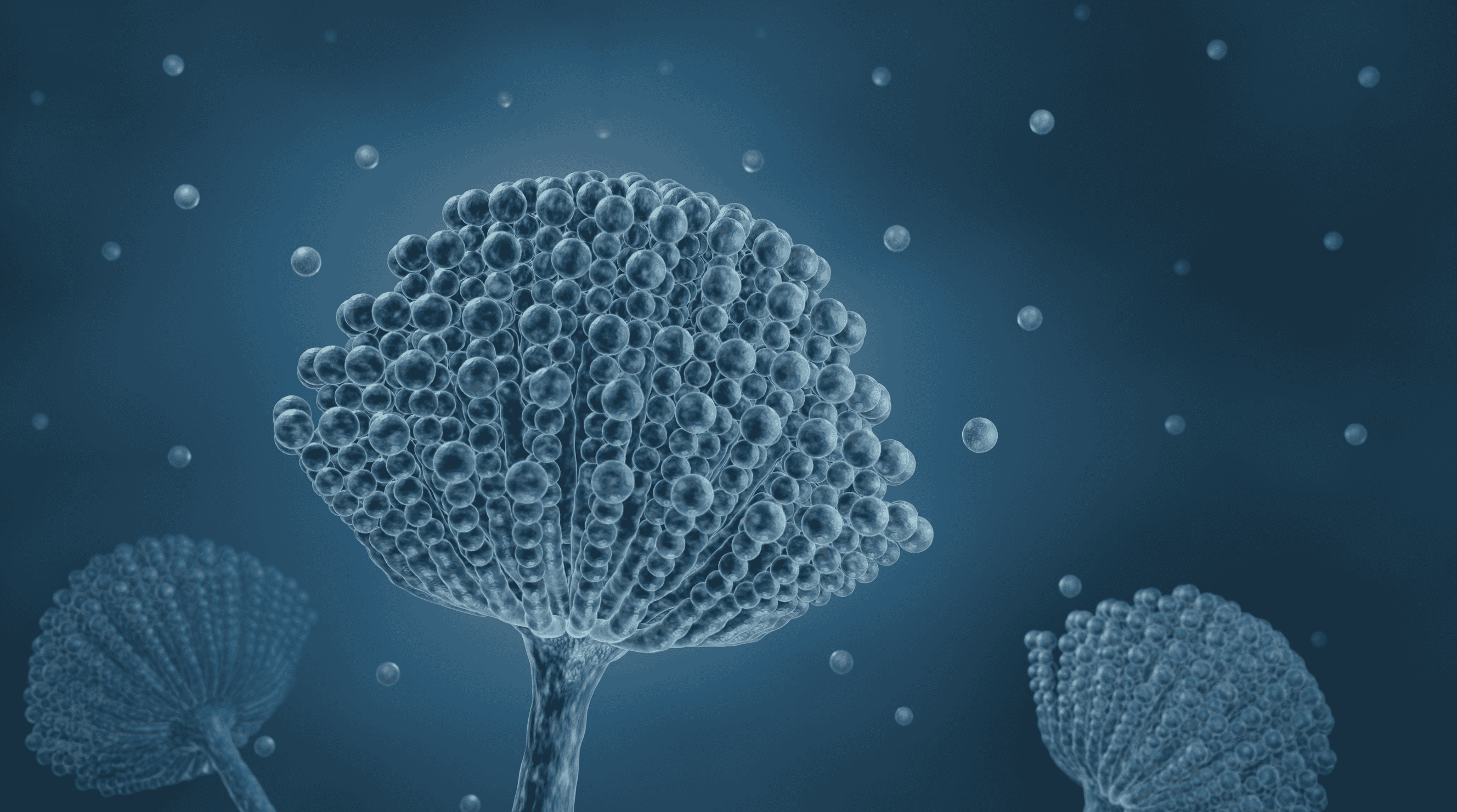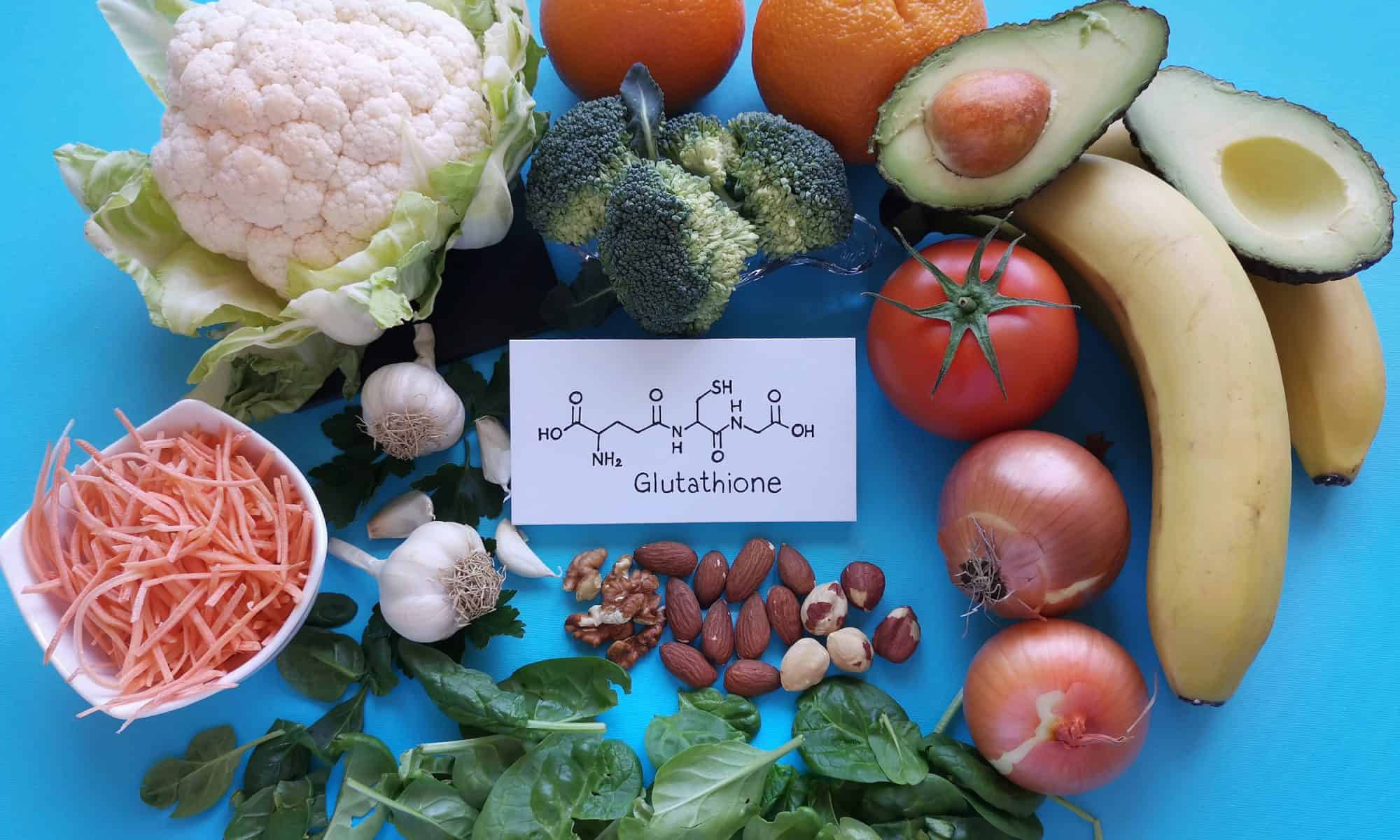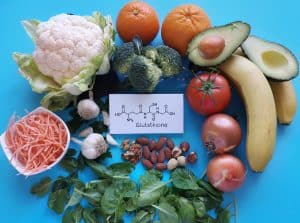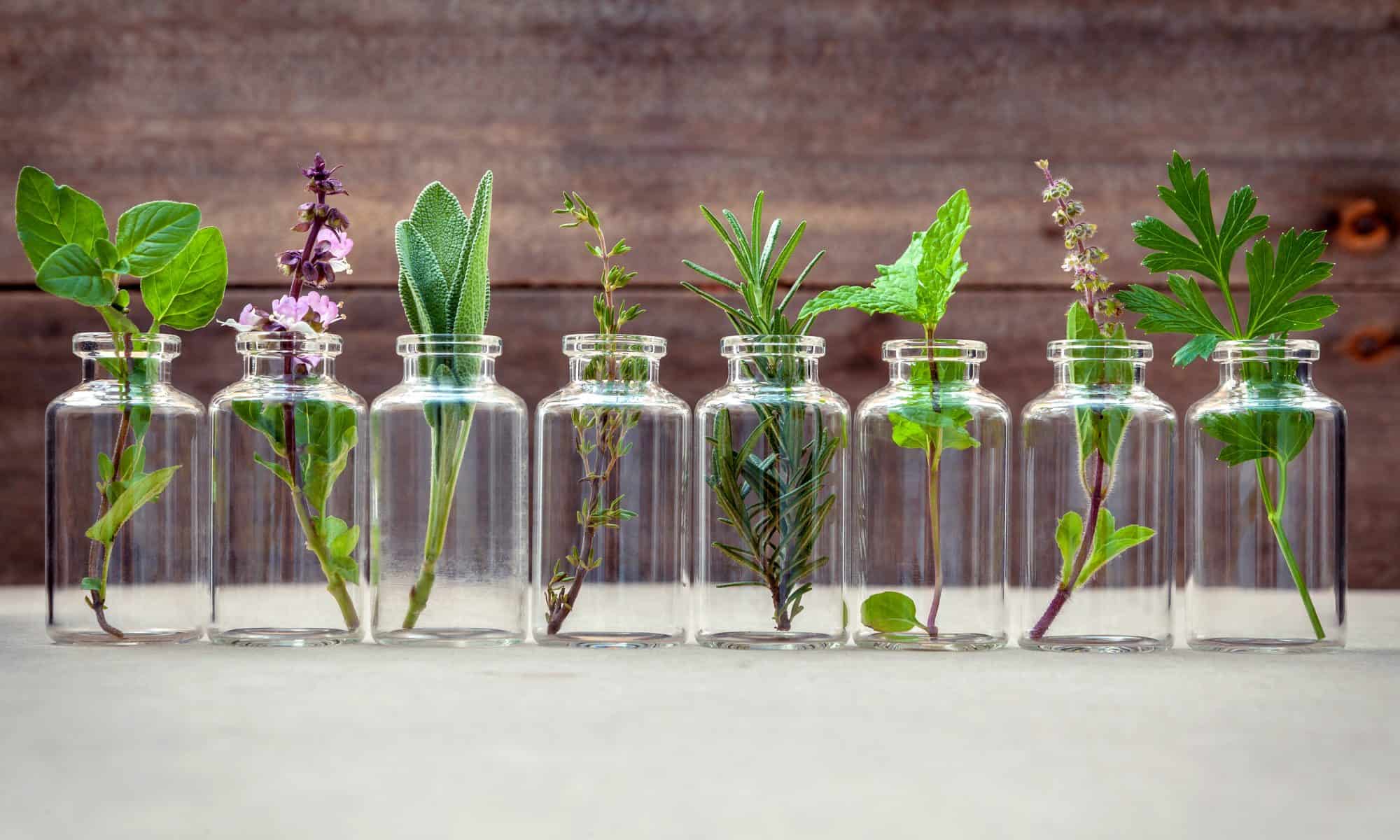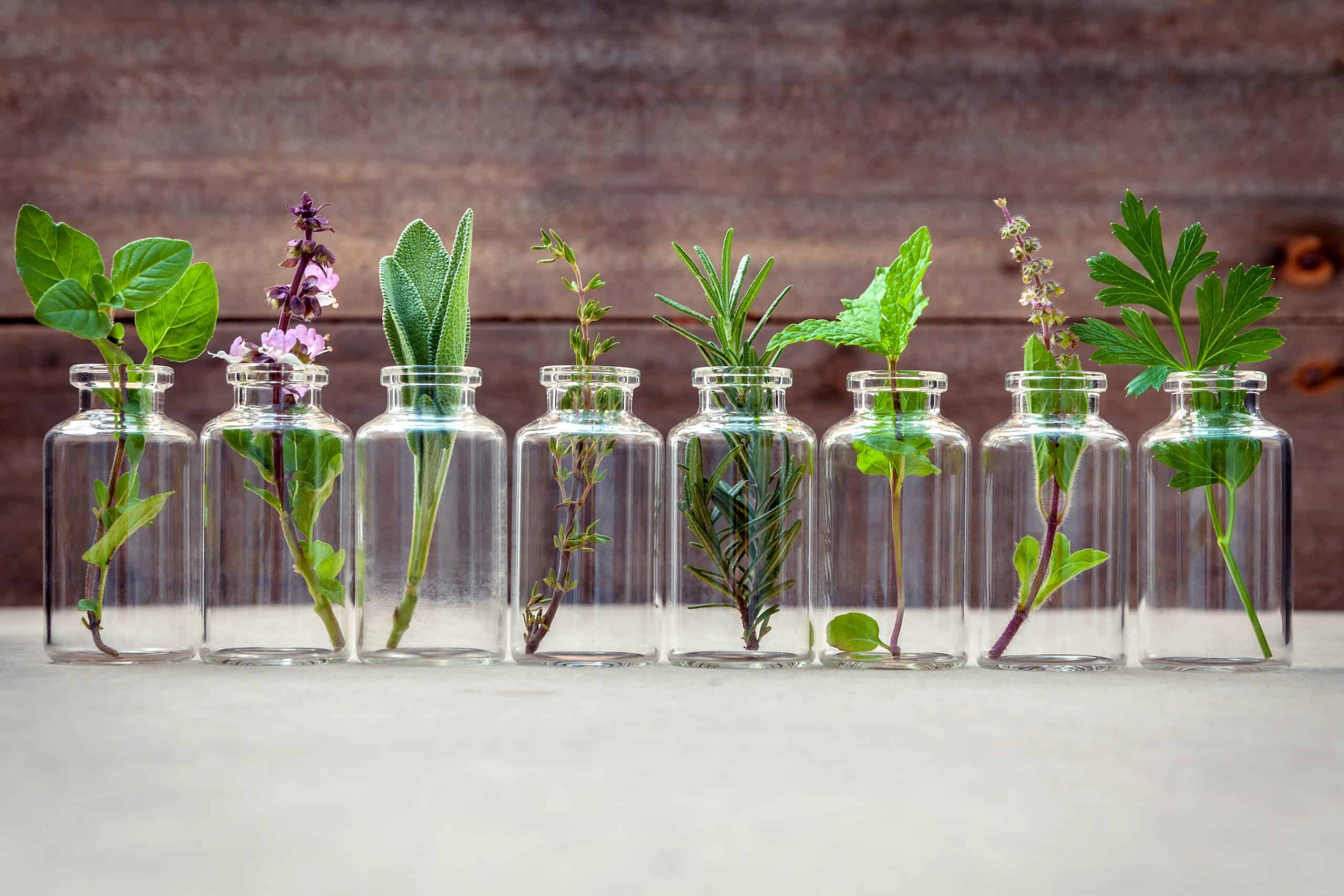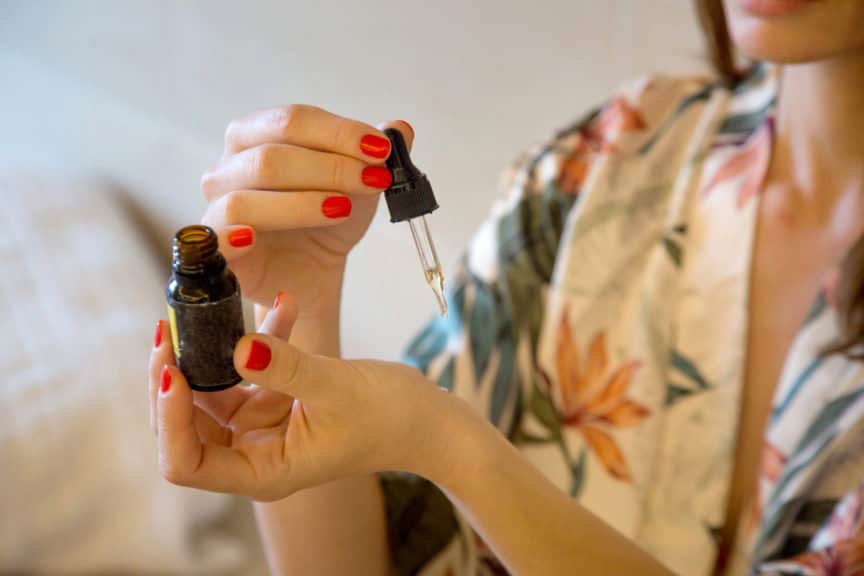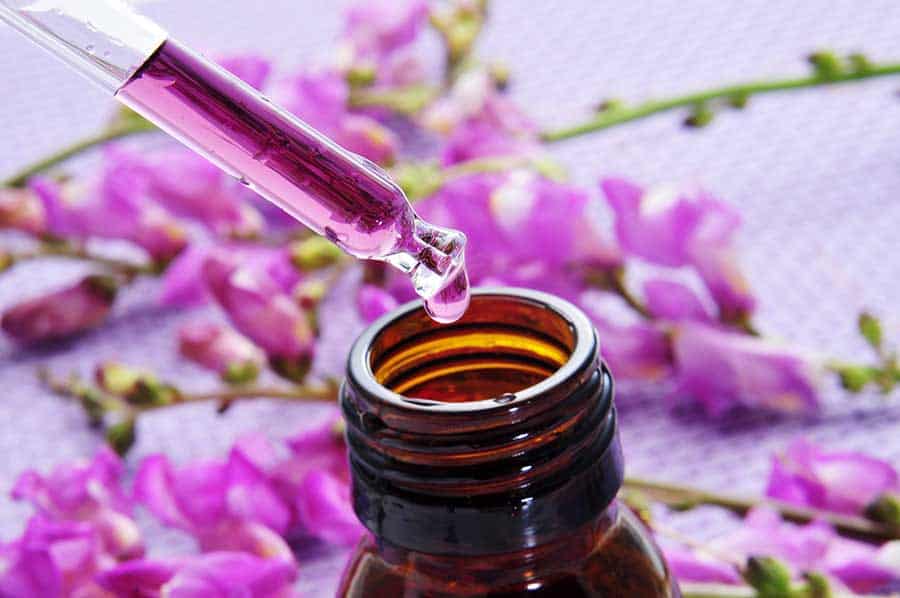
Black Seed Oil: Unveiling The Ancient Secrets
In the quest for natural health remedies, one ancient solution has stood the test of time—black seed oil. Extracted from the seeds of the Nigella sativa plant, this oil is more than just a dietary supplement; it is a historical elixir that has woven its way through centuries, offering a range of health benefits that modern science is only now beginning to fully appreciate. With its rich, slightly bitter flavor and a myriad of health-promoting properties, black seed oil serves as a bridge connecting the wisdom of the past with the health needs of the present.
The Historical Significance of Black Seed Oil
Black seed oil’s journey begins in the ancient world, particularly in Egypt, where it was highly valued by the Pharaohs for its therapeutic benefits. The seeds were found in the tomb of King Tutankhamun, underscoring their importance in the afterlife rituals and daily life of ancient Egyptians. They believed the oil was capable of curing anything except death itself—a sentiment echoed in the famous words of the Prophet Muhammad, further highlighting its revered status across diverse cultures.
Sourcing and Extracting Black Seed Oil
The Nigella sativa plant, from which black seed oil is derived, is primarily cultivated in Southwest Asia, the Middle East, and Africa. The oil is extracted from the black seeds of the plant, either through cold pressing or solvent extraction. Cold pressing is the preferred method, as it preserves the oil’s nutritional properties by avoiding high temperatures that can degrade its beneficial compounds.
Historical Uses of Black Seed Oil
Historically, black seed oil was used not only as a health supplement but also for a variety of practical applications. In ancient Egypt, it was used for its digestive properties, to improve respiratory health, and to support skin and hair health. The oil was also used in lamps, as a natural flavoring in foods, and even as part of the embalming process, highlighting its versatility and integral role in daily Egyptian life.
Embracing Ancient Wisdom
Today, as we seek to balance modern medical advances with natural remedies, black seed oil stands out as a potent and versatile addition to our health regimen. Its historical pedigree, combined with contemporary research, offers us a unique opportunity to harness the power of nature in our ongoing pursuit of health and wellness. Whether you are looking to support specific health concerns or simply enhance your overall well-being, black seed oil offers a time-tested solution that connects us with the wisdom of our ancestors, inviting us to discover its profound benefits for ourselves.
1. Apoptosis and Cancer
Black seed oil’s potential in cancer treatment is particularly notable due to its ability to induce apoptosis, a critical mechanism that ensures the elimination of malfunctioning or potentially harmful cells. Apoptosis is essential not only for cancer prevention but also as a therapeutic target in cancer treatment.
The principal active component of black seed oil, thymoquinone, has been extensively studied for its anticancer properties. Research demonstrates that thymoquinone can trigger apoptosis in various types of cancer cells, including breast, colon, and leukemia cells. It works by disrupting the mitochondrial membrane potential and activating caspase enzymes, which play a key role in the execution phase of apoptosis. By initiating this process, thymoquinone effectively prompts the cancer cells to undergo self-destruction, thereby preventing their proliferation and spread.
Moreover, black seed oil is known to inhibit angiogenesis (the growth of new blood vessels that tumors need to grow) and metastasis (the spread of cancer to other parts of the body). It achieves this by modulating several signaling pathways involved in cancer progression, such as the NF-κB pathway, which is often implicated in inflammatory responses as well as tumor growth and survival.
These anticancer effects are not only limited to direct action against cancer cells but also encompass enhancing the body’s immune response against cancer. This makes black seed oil a promising adjunct in cancer therapy, potentially enhancing the efficacy of conventional cancer treatments.
2. Liver Health
The liver, a crucial organ for multiple bodily functions including detoxification and metabolism, benefits significantly from the protective effects of black seed oil. Given the liver’s exposure to numerous toxins, an innate protection mechanism is vital. Black seed oil serves this role by offering hepatoprotective properties.
One of the leading benefits of black seed oil for liver health is its potent antioxidant action. Oxidative stress is a primary contributor to liver diseases, such as hepatitis and cirrhosis. Black seed oil contains several antioxidants, with thymoquinone being the most prominent, which help neutralize harmful free radicals in the body.
Furthermore, black seed oil can ameliorate liver inflammation. It does so by suppressing the activity of pro-inflammatory cytokines in the liver, which are often elevated in liver diseases. This not only helps in reducing inflammation but also prevents further liver damage.
Another significant aspect of black seed oil’s benefit to liver health is its role in enhancing the liver’s natural detoxification pathways. Studies suggest that black seed oil increases levels of glutathione in the liver, a critical detoxifying agent, and enhances the activity of detox enzymes such as glutathione-S-transferase. This boost in the liver’s detoxifying capacity can help in flushing out toxins more efficiently, thereby maintaining or restoring liver function.
In conclusion, black seed oil’s ability to induce apoptosis helps in tackling cancerous cells, while its hepatoprotective properties support liver health by combating oxidative stress, reducing inflammation, and enhancing detoxification. These actions make black seed oil a valuable natural remedy in the prevention and management of cancer and liver diseases.
3. Kidney Health
Black seed oil offers significant protective benefits for kidney health, which is crucial considering the kidneys’ role in filtering waste, balancing body fluids, and regulating blood pressure. The renoprotective effects of black seed oil are primarily attributed to its antioxidant, anti-inflammatory, and possibly antihypertensive properties.
Antioxidant Protection: Kidneys are particularly susceptible to damage from oxidative stress due to their role in metabolizing and detoxifying substances. Black seed oil is rich in antioxidants like thymoquinone, which scavenge free radicals and protect kidney tissues from oxidative stress-induced damage. This antioxidant activity helps in maintaining the structural and functional integrity of the kidneys.
Anti-inflammatory Action: Chronic inflammation can lead to nephritis, an inflammation of the kidneys that impairs their function. Black seed oil has been shown to reduce the expression of pro-inflammatory cytokines in kidney tissues, effectively reducing inflammation. This is crucial in preventing chronic kidney disease and slowing the progression of existing kidney damage.
Supporting Blood Filtration: Regular use of black seed oil can also aid in improving the kidneys’ filtration rate, thereby enhancing their ability to remove waste products and excess substances from the blood. This helps in maintaining overall renal health and prevents the buildup of harmful substances which can lead to kidney diseases.
Clinical Studies and Applications: Several animal studies and preliminary human trials suggest that black seed oil can significantly reduce markers of kidney damage in individuals suffering from diseases like diabetes, which often complicates with kidney issues. However, more extensive human clinical trials are needed to fully understand the scope of these benefits and the optimal dosages for protective effects.
4. Inflammation
The anti-inflammatory properties of black seed oil are among its most valued health benefits, given the critical role of inflammation in a host of diseases, including autoimmune diseases, heart disease, and metabolic syndromes.
Mechanisms of Anti-Inflammatory Effects: Black seed oil acts on several biochemical pathways to reduce inflammation. Its main component, thymoquinone, inhibits the synthesis of prostaglandins, which are lipid compounds that like cytokines, play a significant role in the inflammatory process. By modulating these pathways, black seed oil helps reduce both acute and chronic inflammation.
Impact on Chronic Diseases: Chronic low-level inflammation is a significant contributing factor in several chronic diseases, such as cardiovascular diseases, arthritis, and diabetes. By reducing systemic inflammation, black seed oil may help lessen the severity and frequency of flare-ups in autoimmune conditions and reduce the overall risk of inflammation-related diseases.
Studies and Evidence: Research has demonstrated that black seed oil can effectively reduce inflammatory markers in the blood, such as C-reactive protein (CRP) and interleukin-6 (IL-6). These markers are commonly elevated in inflammatory conditions and chronic diseases. Clinical trials have shown promising results in conditions like rheumatoid arthritis, where black seed oil supplementation significantly reduced symptoms and improved quality of life.
In conclusion, the benefits of black seed oil for kidney health and in combating inflammation are supported by a growing body of research. Its natural antioxidant and anti-inflammatory properties make it a compelling supplement for those looking to protect kidney function and manage or prevent inflammatory conditions. Nonetheless, while promising, further research and clinical trials will be essential to fully establish the effectiveness and safe use of black seed oil in these areas.
5. Hypertension
Hypertension, or high blood pressure, is a significant risk factor for cardiovascular diseases such as heart attacks and stroke. Managing blood pressure is crucial for cardiovascular health, and black seed oil has shown potential in contributing to this management through several mechanisms:
Vasodilation: Black seed oil contains active compounds that help relax and expand blood vessels, a process known as vasodilation. This reduction in arterial stiffness allows blood to flow more freely, which can lower blood pressure. The antihypertensive effects of black seed oil are primarily attributed to its rich content of thymoquinone, which enhances the release of nitric oxide, a natural vasodilator.
Anti-inflammatory and Antioxidant Properties: Inflammation and oxidative stress can both contribute to hypertension by damaging blood vessels, leading to arteriosclerosis (hardening of the arteries). The anti-inflammatory and antioxidant properties of black seed oil help mitigate these risk factors, thus supporting healthier blood vessel function and contributing to overall blood pressure reduction.
Diuretic-like Effects: Some studies suggest that black seed oil may exhibit diuretic effects, promoting the elimination of salt and water from the body. This can help reduce blood volume, further aiding in lowering high blood pressure.
Clinical Studies: Various clinical studies have explored the effectiveness of black seed oil in reducing blood pressure. These studies generally indicate that regular supplementation with black seed oil can lead to a significant reduction in both systolic and diastolic blood pressure in individuals with mild to moderate hypertension.
6. Anticonvulsant and Neuroprotective Effects
Black seed oil has also garnered attention for its potential neurological benefits, particularly its anticonvulsant properties and its ability to protect the brain and nervous system.
Anticonvulsant Properties: The exact mechanism by which black seed oil acts as an anti-convulsant is not fully understood, but it is thought to involve the modulation of neurotransmitters and enhancement of gamma-aminobutyric acid (GABA) pathways, which are critical in regulating neuronal excitability. By enhancing GABAergic activity, black seed oil may help stabilize nerve cell membranes and reduce seizure susceptibility.
Neuroprotective Effects: The neuroprotective properties of black seed oil are primarily due to its antioxidant effects, which help combat oxidative stress—a known contributor to neurodegenerative diseases such as Alzheimer’s and Parkinson’s. Thymoquinone, in particular, has been shown to protect brain tissue by neutralizing harmful free radicals and reducing inflammation, which can lead to cognitive decline.
Studies on Neurological Health: Research in animal models has shown that black seed oil can improve cognitive and memory performance, suggesting potential benefits in managing neurodegenerative conditions. Furthermore, preliminary studies have indicated that black seed oil can reduce the frequency and intensity of seizures in patients with epilepsy, offering a natural adjunct to traditional seizure management therapies.
Conclusion: Embracing the Versatile Benefits of Black Seed Oil
Black seed oil emerges as a potent natural remedy, enriched with properties that extend across various aspects of health—from enhancing cardiac and kidney function to offering protective benefits against chronic diseases like cancer and neurological disorders. Its ability to induce apoptosis, coupled with anti-inflammatory, antihypertensive, and neuroprotective effects, underscores its significance in the realm of natural health supplements.
Embracing Black Seed Oil in Daily Life
Incorporating black seed oil into your daily routine can be a step towards enhancing your overall health. Here are a few actionable steps to consider:
Consultation with Healthcare Providers: Before starting any new supplement, including black seed oil, it is crucial to consult with a healthcare provider. This is especially important for individuals with pre-existing health conditions or those taking other medications, as black seed oil may interact with other treatments.
Starting with a Low Dose: For those new to black seed oil, beginning with a low dose allows the body to adjust to the supplement. Commonly, doses range from 500 mg to 2000 mg daily, often divided into two or more doses.
Monitoring Your Body’s Response: As you begin taking black seed oil, pay close attention to how your body responds. Any signs of discomfort or adverse reactions should prompt a consultation with a healthcare provider.
Long-term Integration and Lifestyle Balance: While black seed oil can be beneficial, it is most effective when integrated into a balanced lifestyle that includes a healthy diet, regular physical activity, and adequate sleep.
Dosage Recommendations
General Wellness: A typical dose for general health and wellness is about 500 mg to 1000 mg of black seed oil daily.
Specific Health Concerns: For more targeted concerns, such as hypertension or inflammation, the dosage may increase to 1000 mg to 2000 mg daily, as recommended by a health professional.
Forms of Consumption: Black seed oil is available in various forms, including capsules, oils, and as a liquid. Choose the form that best fits your lifestyle and preference.
Final Thoughts
Black seed oil is not just a supplement, but a testament to the power of natural remedies in supporting health and wellness. By adopting black seed oil into your health regime, you engage in a proactive approach to maintaining and enhancing your health. The journey towards better health is continuous and requires both patience and perseverance. With the right information and proper guidance, black seed oil can be a valuable addition to your wellness toolkit, helping you to live a healthier, more vibrant life.
If you love taking care of your body and spirit, you will also love The Shankara Oracle.
Get The Shankara Oracle and dramatically improve your perspective, relationships, authentic Self, and life.





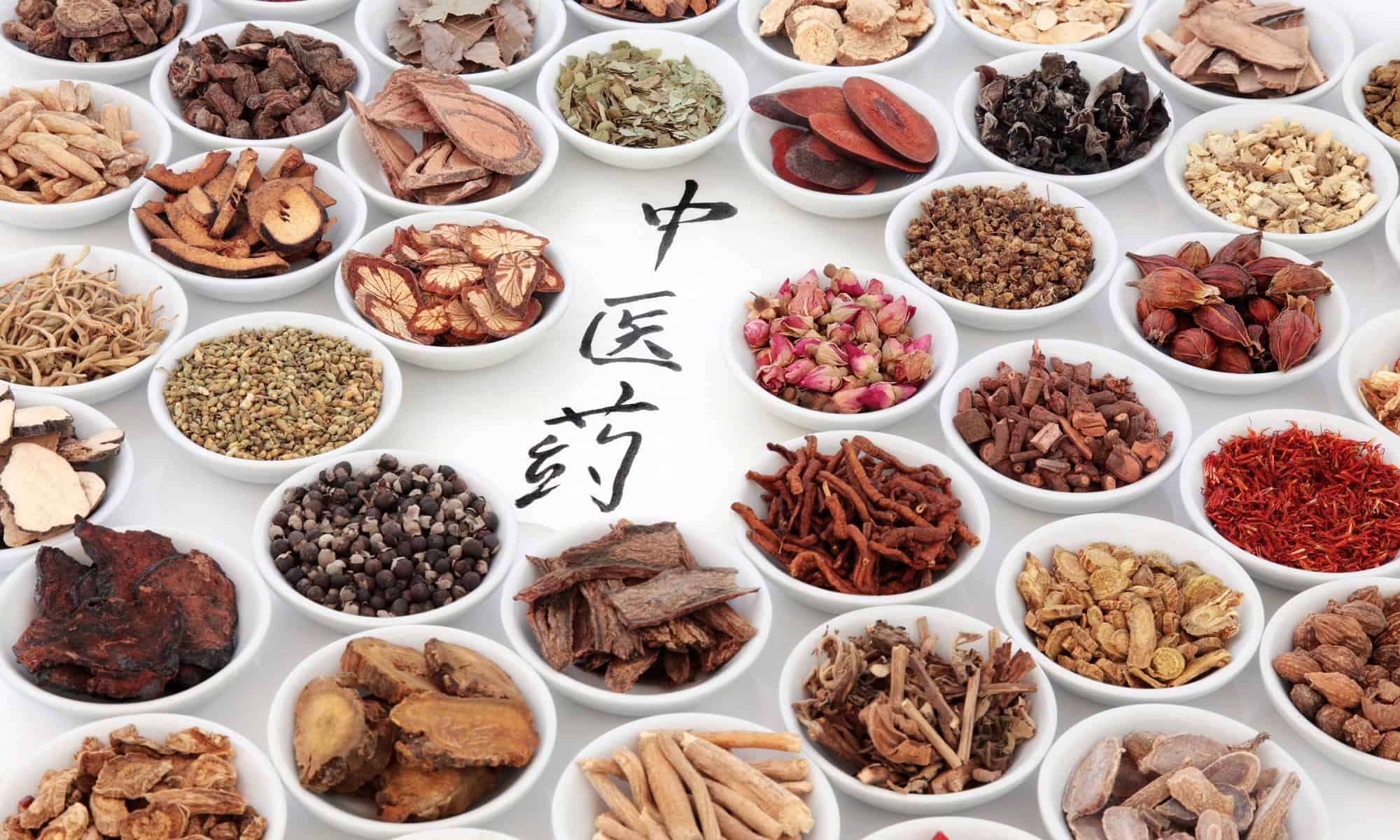
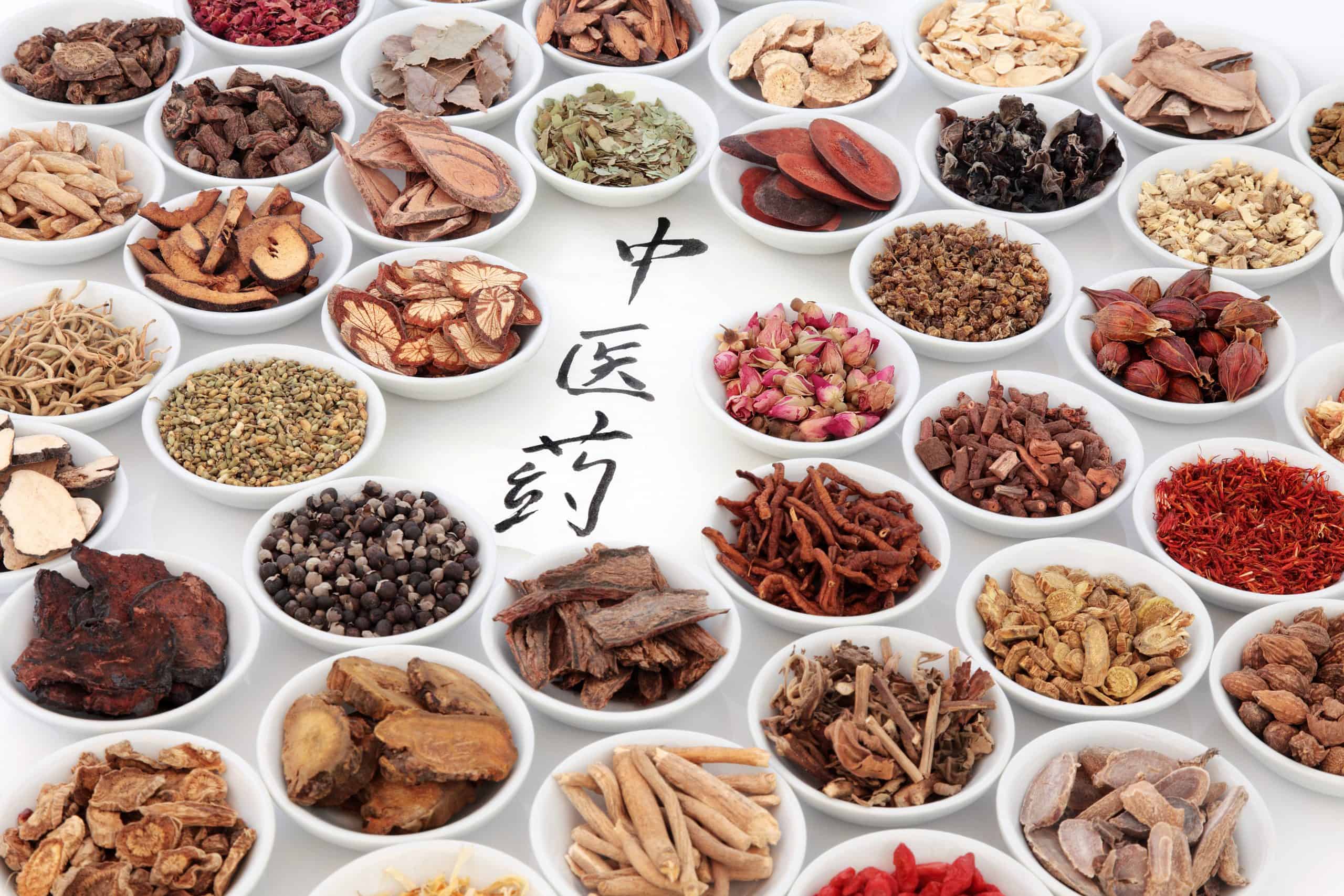 The Wonders of Traditional Chinese Medicine Formulas (TCM)!
The Wonders of Traditional Chinese Medicine Formulas (TCM)!

